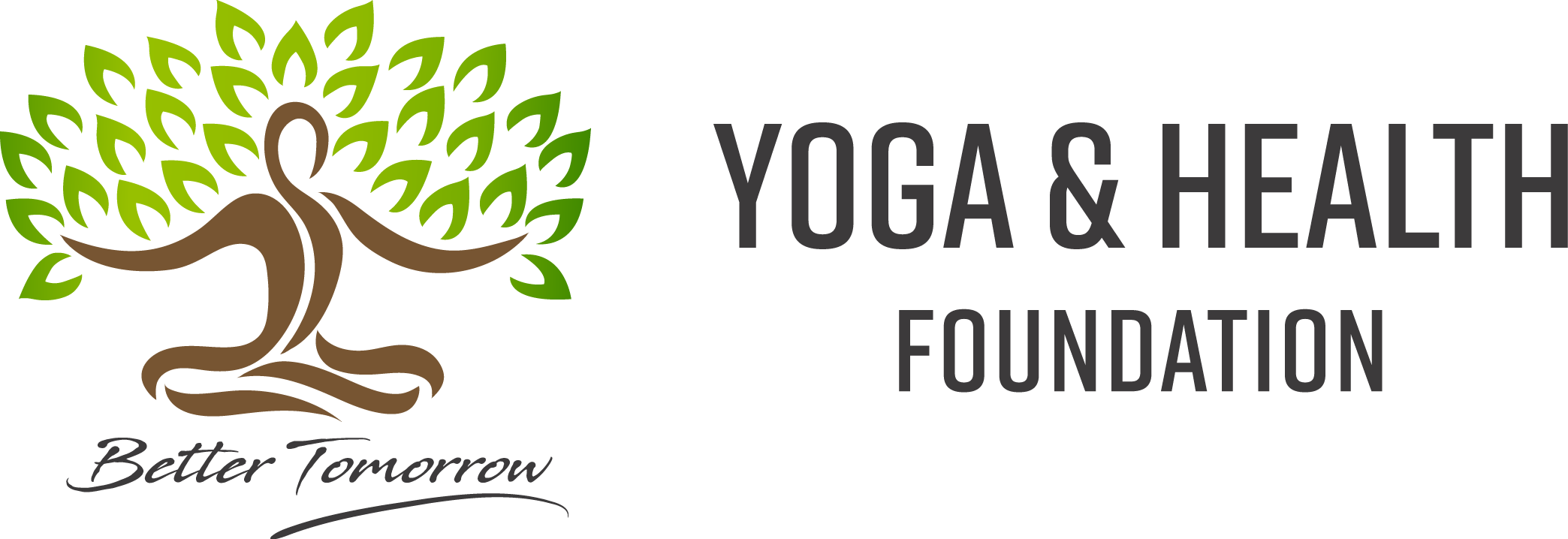In today’s fast-paced and demanding world, stress, anxiety, and emotional turmoil have become all too common. While there are various approaches to addressing these challenges, one holistic practice stands out for its profound impact on emotional well-being: yoga.
Beyond its physical benefits, yoga offers a powerful pathway to emotional healing and nurturing mental health. In this blog, we will explore the transformative potential of yogic practices in cultivating emotional balance, healing past traumas, and fostering overall mental well-being.
1. The Mind-Body Connection in Emotional Healing
Emotional healing is intimately linked to the mind-body connection, a concept that yoga fully embraces. Yoga postures, known as asanas, release physical tension and promote relaxation. As we move through different poses, we unlock stored emotions and allow them to surface, facilitating their healing and release.
This mind-body approach acknowledges that emotional wounds are held within the body, and by addressing both aspects, true healing can occur.When we experience emotional distress, it often manifests as physical tension, discomfort, or even illness.
Yoga recognizes that our emotions are not separate from our physical bodies; they are intricately intertwined. Through yoga, we can release stored emotions, ease physical tension, and create space for healing. By addressing both the mind and body simultaneously, we unlock the transformative power of the mind-body connection and embark on a journey of emotional well-being.
2. Harnessing the Power of Breathwork
Breathwork, or pranayama, is a fundamental aspect of yoga that plays a vital role in emotional healing. By consciously controlling our breath, we can regulate our nervous system, inducing a state of calmness and tranquility. Specific pranayama techniques such as alternate nostril breathing, deep belly breathing, and ujjayi breath help us shift from a stressed and anxious state to one of relaxation and emotional balance.
These practices enable us to access and release stored emotions while cultivating inner peace. Breathwork, a fundamental aspect of yoga, is powerful in nurturing our emotional well-being. By consciously controlling our breath, we can tap into the body’s natural relaxation response and regulate our nervous system. Deep belly breathing, alternate nostril breathing, and ujjayi breath are just a few examples of breathwork techniques that can induce a sense of calmness and tranquility.
The breath becomes an anchor, guiding us back to the present moment and helping us release tension and emotional baggage. By harnessing breathwork, we unlock a profound tool for emotional healing, inner peace, and overall well-being.
3. Cultivating Mindfulness and Self-Awareness
Yoga encourages the practice of mindfulness, the art of being fully present in the moment. By engaging in yoga, we learn to observe our thoughts, emotions, and bodily sensations without judgment. This heightened self-awareness allows us to identify and understand our emotional patterns, triggers, and reactions. With this awareness, we can respond rather than react, making conscious choices that support our emotional well-being.
Cultivating mindfulness and self-awareness is an essential aspect of yoga that allows us to tap into the transformative power of the present moment. Practicing mindfulness teaches us to observe our thoughts, emotions, and sensations with curiosity and non-judgment. This heightened awareness brings clarity and insight, enabling us to recognize and understand our patterns, triggers, and reactions.
With self-awareness, we can consciously choose how we respond to life’s challenges, fostering emotional resilience and creating a deeper sense of inner peace. Through yoga, we embark on a journey of self-discovery, embracing the beauty and richness of each present moment as we cultivate mindfulness and nurture our inner world.
4. Yoga for Trauma Healing
Traumatic experiences can deeply impact our emotional health, often resulting in conditions like post-traumatic stress disorder (PTSD). Yoga offers a safe and nurturing space for trauma survivors to heal and reclaim their lives. Trauma-sensitive yoga practices, adapted to address the unique needs of individuals with trauma, emphasize a gentle and compassionate approach. Slow and mindful movements, grounding techniques, and the integration of relaxation and meditation foster a sense of safety and support the release of trauma stored in the body.
Yoga for trauma healing provides a gentle and compassionate approach for individuals who have experienced traumatic events. Tailored to meet the unique needs of trauma survivors, these yoga practices create a safe and supportive environment for emotional release and healing.
With slow, mindful movements, grounding techniques, and the integration of relaxation and meditation, trauma-sensitive yoga helps individuals reconnect with their bodies, regain a sense of safety, and release trauma stored within. By offering a nurturing space for healing, yoga empowers trauma survivors to reclaim their lives, cultivate resilience, and find renewed strength on their journey toward healing.
5. Embracing Yoga Philosophy and Positive Affirmations
Yoga is not solely a physical practice but a holistic lifestyle encompassing ethical principles and positive mindset cultivation. Yogic philosophy, including ahimsa (non-violence), gratitude, and self-compassion, provides a framework for emotional healing and personal growth. Positive affirmations, such as repeating empowering mantras or setting positive intentions during yoga practice, help rewire our thought patterns and cultivate a more optimistic and emotionally resilient mindset.
Embracing yoga philosophy and positive affirmations is a transformative practice that nurtures our emotional well-being. When we align ourselves with the principles of ahimsa, non-violence towards ourselves and others, we create a foundation of compassion and kindness. Gratitude becomes our guiding force, allowing us to appreciate the present moment and shift our focus toward positivity.
By integrating self-compassion and positive affirmations into our yoga practice, we rewire our thoughts, replacing self-doubt with self-love and self-limiting beliefs with empowering mantras. Embracing yoga philosophy and positive affirmations empowers us to cultivate a mindset of resilience, joy, and inner strength, enhancing our emotional healing journey.
Conclusion
Yoga offers a profound and transformative journey toward emotional healing and mental well-being. By embracing the mind-body connection, harnessing the power of breathwork, cultivating mindfulness, addressing trauma, and adopting a holistic approach, we can nurture our emotional health through yogic practices.
As we embark on this journey, we must remember that emotional healing takes time and patience. Consistent practice, self-compassion, and seeking guidance from experienced yoga teachers or therapists can significantly enhance the healing process. Let yoga become your sanctuary, a space to explore, heal, and find solace amidst life’s challenges. Together, let us embrace yoga as a powerful tool for emotional healing and nurturing our mental health.







